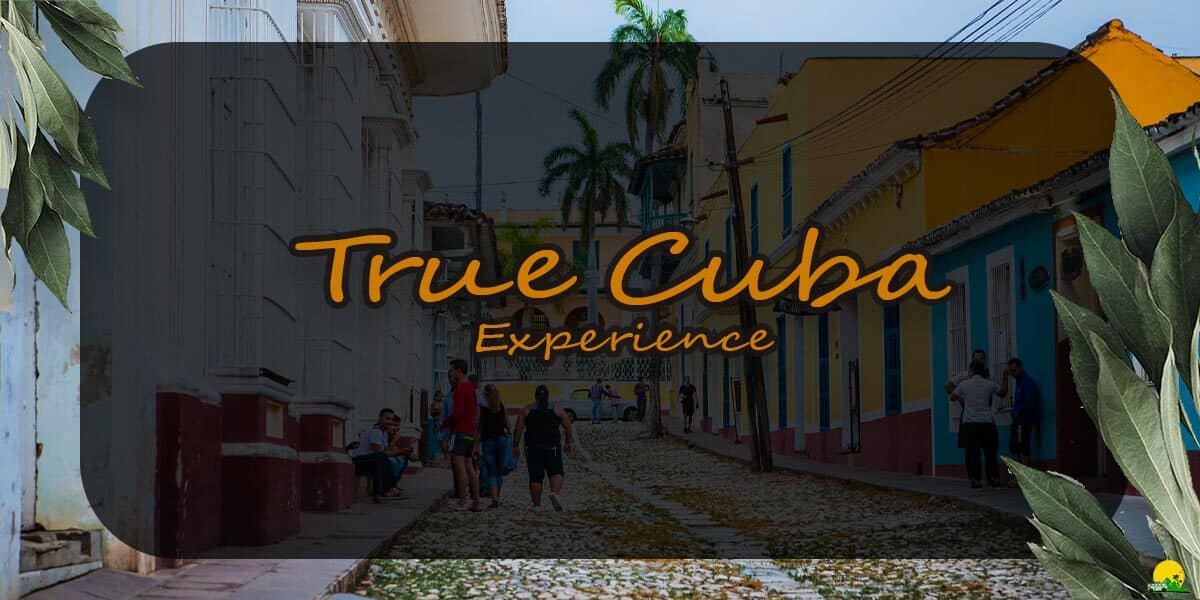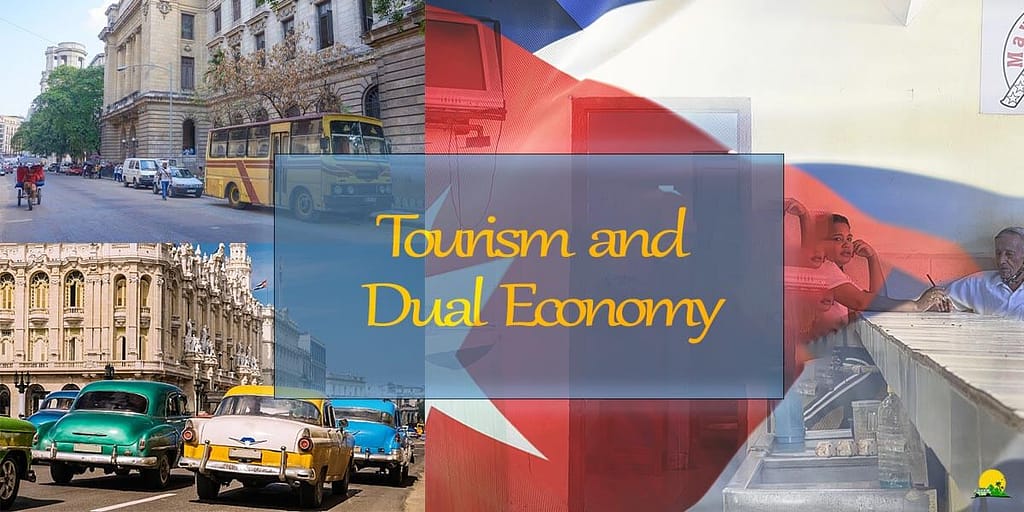Unmasking the True Cuba Experience and Societal Realities

Unmasking the True Cuba Experience and Societal Realities
Cuba is a destination shrouded in mystique and myth. For decades, the island nation was closed off to most Western visitors, fueling romanticized notions of what life was truly like for Cuban citizens. While the country opened to tourism in the 1990s, strict controls remain, and the experience is carefully crafted. As a result, travelers need an incomplete understanding of daily life.
index
TogglePart 1: Tourism and the Dual Economy

Tourism has become a primary economic driver for Cuba since the fall of the Soviet Union, but the system also inadvertently exacerbates inequality. While foreign currency from visitors flows into state-run enterprises, most Cubans do not see direct benefits. The average monthly wage remains just $30-50 USD, which is insufficient to cover basic needs. As a result, the black market economy has ballooned.
In Old Havana, restoration has revived architectural gems, but decay is still prevalent within the walls. Locals share cramped units with multiple families as affordable housing remains scarce. Meanwhile, tourists occupy lavish casas, particulares, and all-inclusive resorts. “It is difficult when they flaunt what we cannot have,” remarks Maria, a homemaker.
The dual economy also impacts goods availability. While tourists can purchase imported items at particular stores, ration cards only cover staples for citizens. A teacher explains: “My students come to school without supplies because their parents cannot afford them. It is humiliating to watch tourists spend so freely.” However, some argue the industry still supports jobs and tax revenue for social programs.
The government aims to develop new tourism zones to alleviate concentration in Havana. However, locals worry remote locales may lose cultural authenticity as amenities pivot towards foreign clients. Community engagement will be critical to ensure equitable benefit sharing as the industry grows. The physical and economic divisions between tourists and Cubans remain stark for now.
Part 2: Creativity Amid Adversity

Scarcity has bred innovation across Cuba as citizens find ways to meet basic needs with limited resources. In rural Pinar del Rio, tobacco farmers cultivate organic gardens and raise chickens between crop seasons. Excess harvests are sold at local markets or to neighbors. “It is about community support during difficult times,” explains Julio.
In Centro Habana, retired seamstress Maria upcycles scrap fabric into colorful accessories. Unable to retire on her pension, the side business provides supplemental income. “I have always been creative, so I found a way to turn my passion into pesos,” she smiles.
Cubans also share surplus goods through informal barter networks. Locals trade homemade jams for eggs or repair services at a bustling Sunday swap meet in Havana’s Vedado neighborhood. It allows resources to flow where they are most needed.
Even state-run enterprises exhibit ingenuity. Engineers retrofitted a Soviet-era machine at a tobacco factory in Pinar del Rio to cut triple the standard output, boosting productivity with minimal new investment. Necessity is the mother of invention in Cuba. However, red tape and lack of private enterprise still curb potential. With reforms, creativity could be better channeled for prosperity.
Part 3: Community and Resilience

Despite challenges, strong community bonds help Cubans weather adversity. Multi-generational families live together for mutual aid, with grandparents often caring for children. Neighbors also support one another, whether bringing meals during illness or sharing chores.
This interdependence was vital during the “Special Period” in the 1990s after the Soviet collapse. With widespread shortages, carpooling became essential while backyard gardens and livestock supplemented limited rations. Neighborhood committees organized volunteer work brigades.
Today, a sense of shared struggle and cooperation endures. In coastal towns, fishermen share catches. In cities, neighbors save scarce goods like eggs or milk for those in need. During blackouts, families bring generators and lanterns to each other. “We look out for one another because the government cannot do it alone,” notes Havana resident Maria.
Community is also a source of resilience, pride, and joy. Cultural activities like music, dance, and poetry bring neighbors together despite hardships. Annual festivals celebrate community and heritage. Locals say strong social bonds help offset other freedoms lacking in Cuba. Ultimately, the Cuban people will determine their destiny through solidarity and advocacy.
Part 4: Reform, Entrepreneurship, and the Younger Generation

Since 2008, economic reforms have granted Cubans more autonomy and opportunities. Private enterprise is now legally recognized, from restaurants and bed & breakfasts to agricultural cooperatives and trade. Over 600,000 private sector licenses have been issued.
This has empowered many to pursue entrepreneurial dreams. In Santa Clara, former accountant Luis started a famous cafeteria serving coffee and pastries. “I wanted more flexibility and to work for myself,” he notes.
Reforms have also allowed the purchase of private properties and vehicles for the first time in decades. In rural areas, this boosted agricultural output as farmers gained land rights. Construction has also surged as families renovate homes.
However, some argue that reforms must go further, with private businesses still being over-regulated and access to imports limited. Younger Cubans, in particular, push for expanded civil liberties and political change. Over 25% of the population is under 25, having only known life after the Soviet era.
With smartphones and internet access growing, they connect with global trends. “The old ways no longer work for us,” states Havana University student Maria. She dreams of starting her own tech company one day. Will the government keep pace with demands or resist losing control? Continued opening will be critical for Cuba to retain its youth.
Read More: Countries to Visit Before You Die
Conclusion
Cuba remains a land of contradictions, with a resilient people navigating constant change. While tourism plays an important economic role, its benefits are not equitably shared under the current system. Reforms have empowered citizens, but greater autonomy is still needed. Ultimately, Cubans will determine their path, but outsider support for human rights and civil liberties can help.
Visitors now must look past propaganda, understand daily challenges, and engage respectfully. With an open mind and heart, one can still experience Cuba’s cultural riches and the warmth of its people. But the complex realities of life for ordinary citizens also deserve acknowledgment alongside romanticized notions of the island nation. Only through candid exchange of ideas and experiences on both sides will mutual understanding deepen.
Recent Posts
Contact Us
+1 437 499 4559










